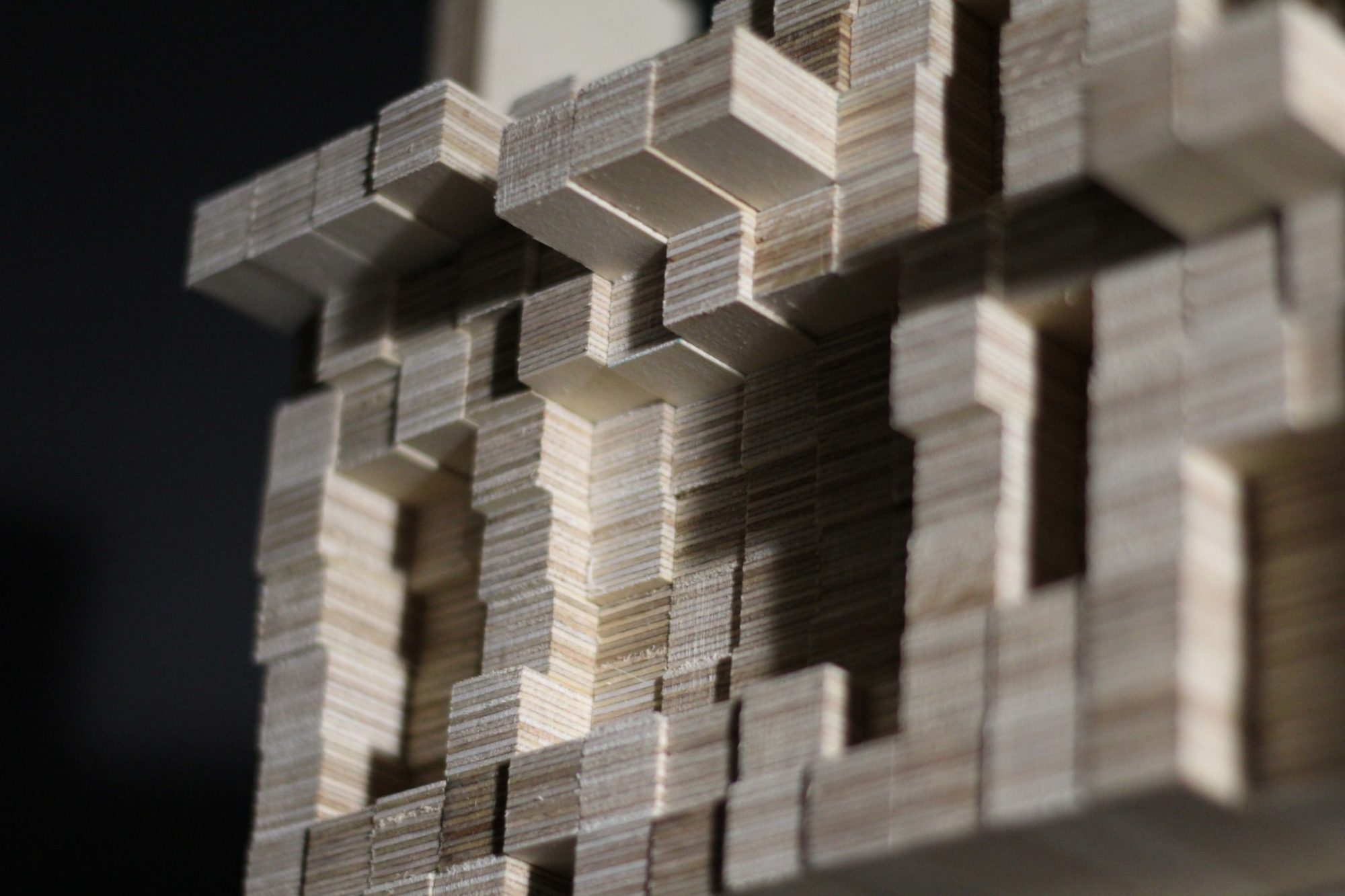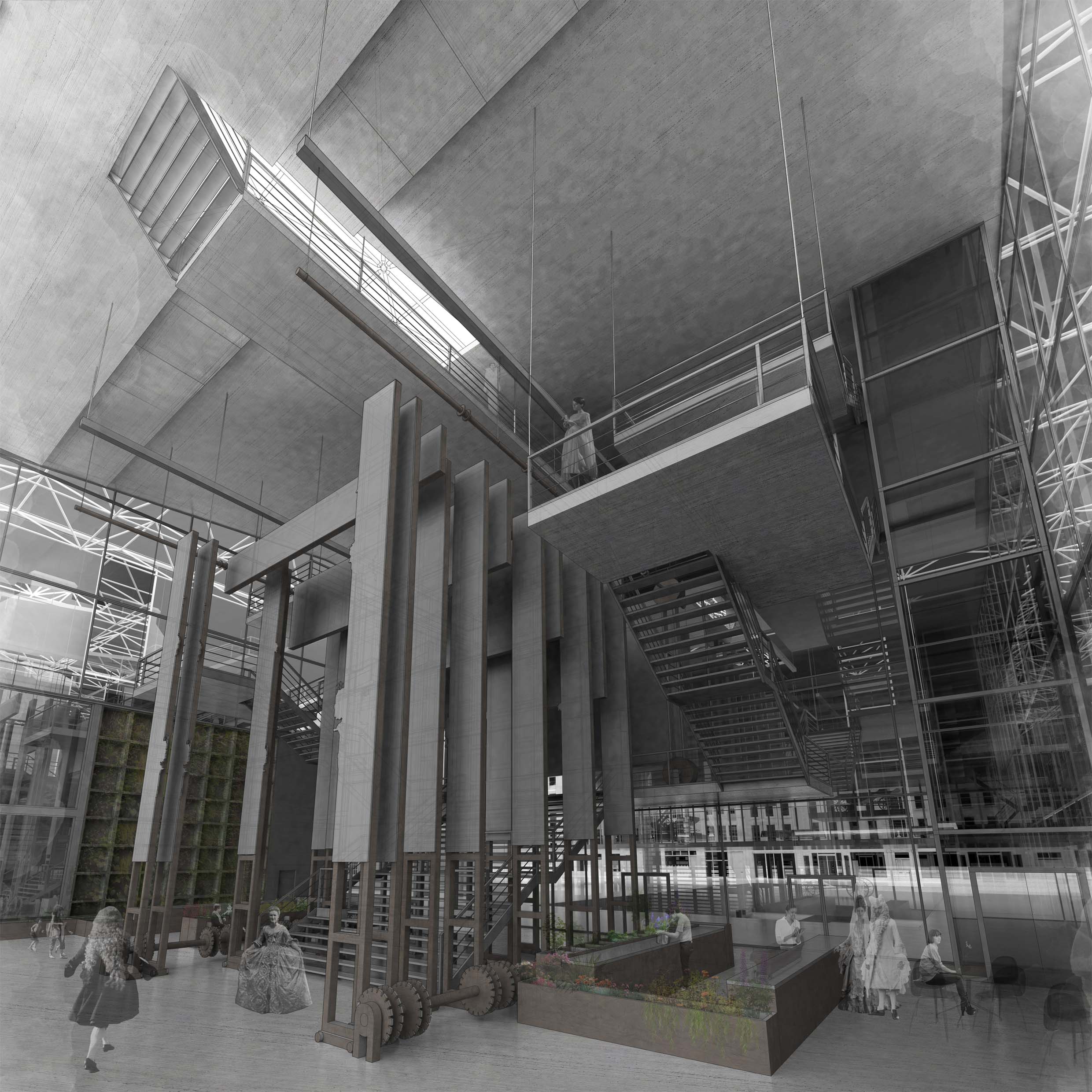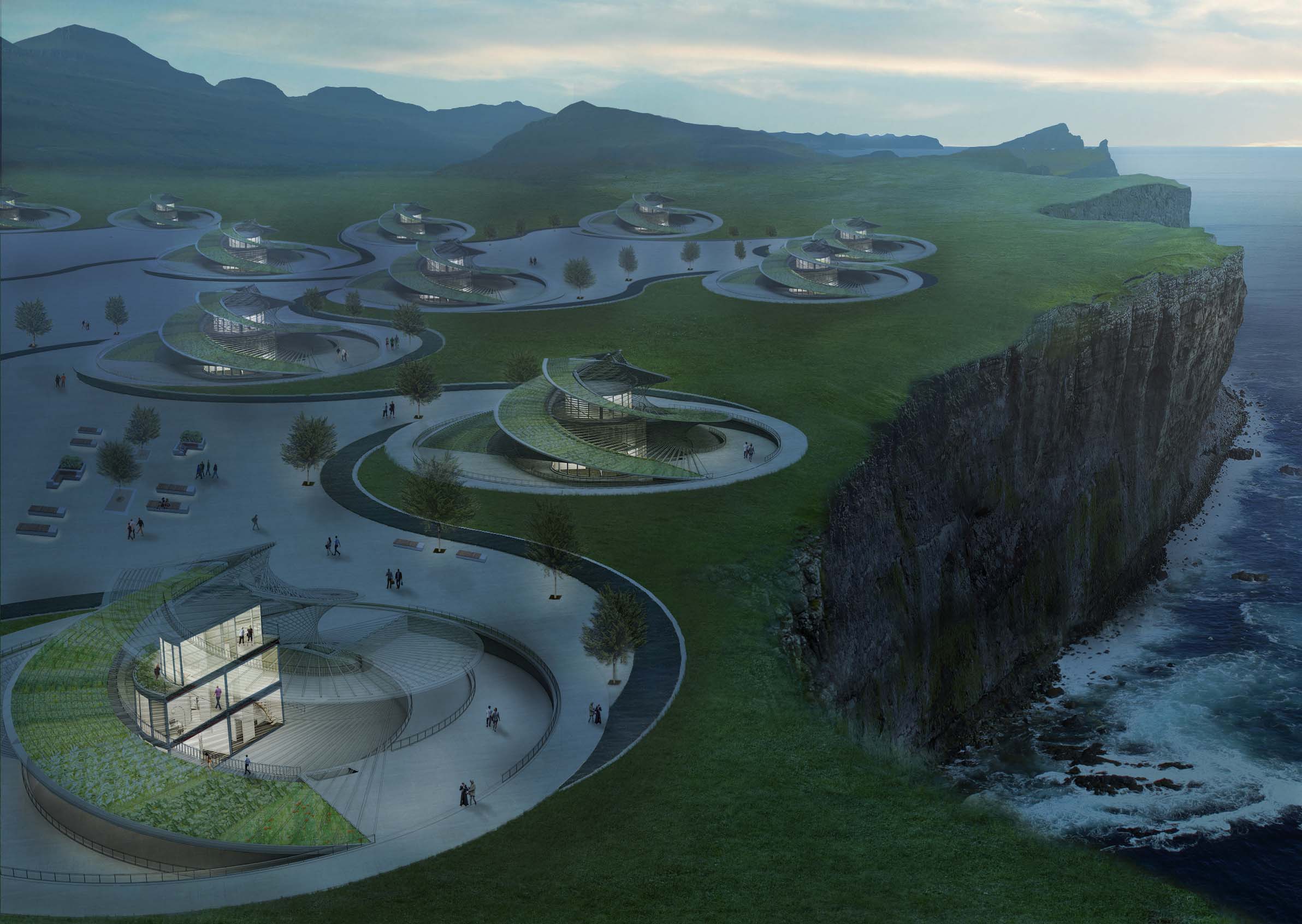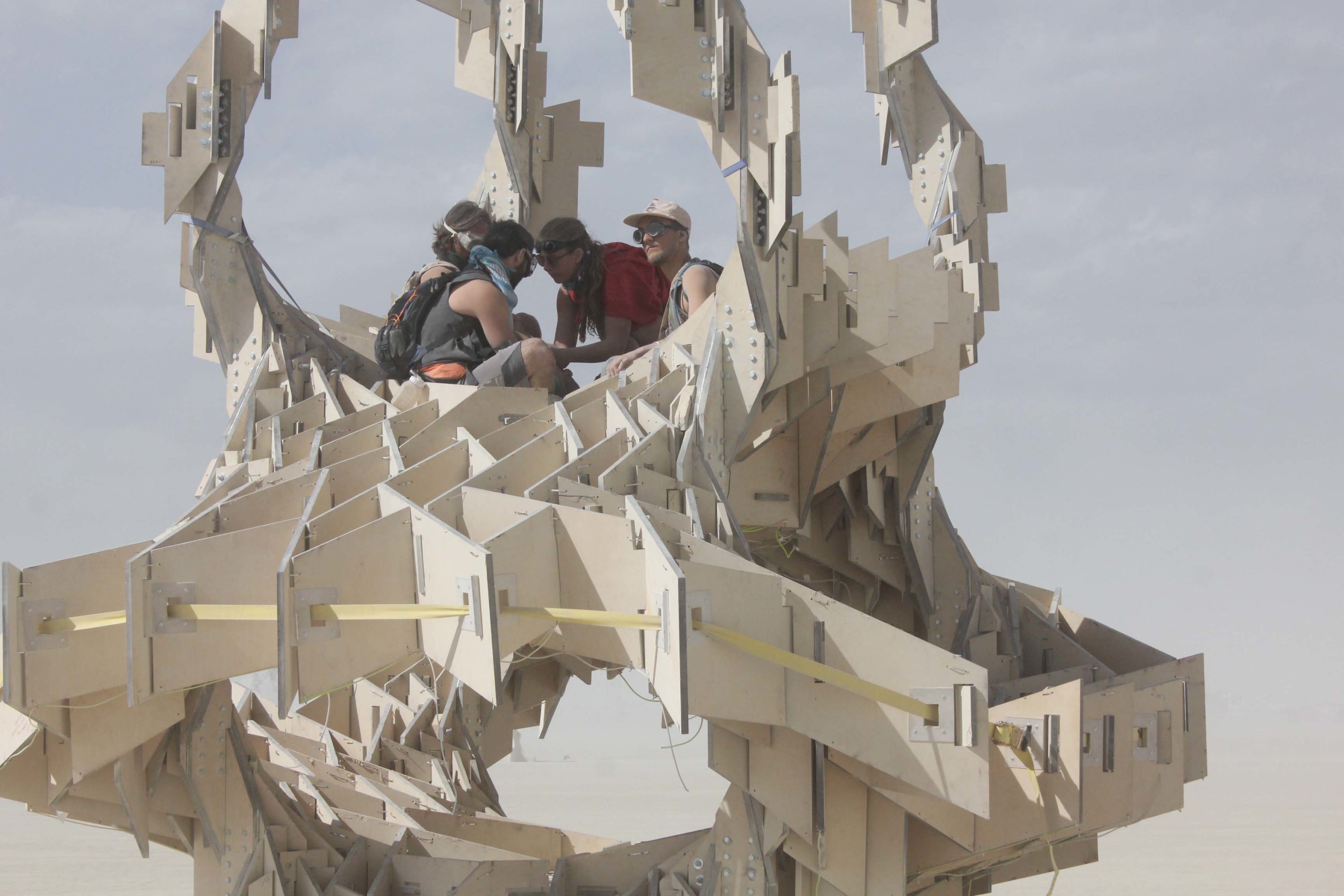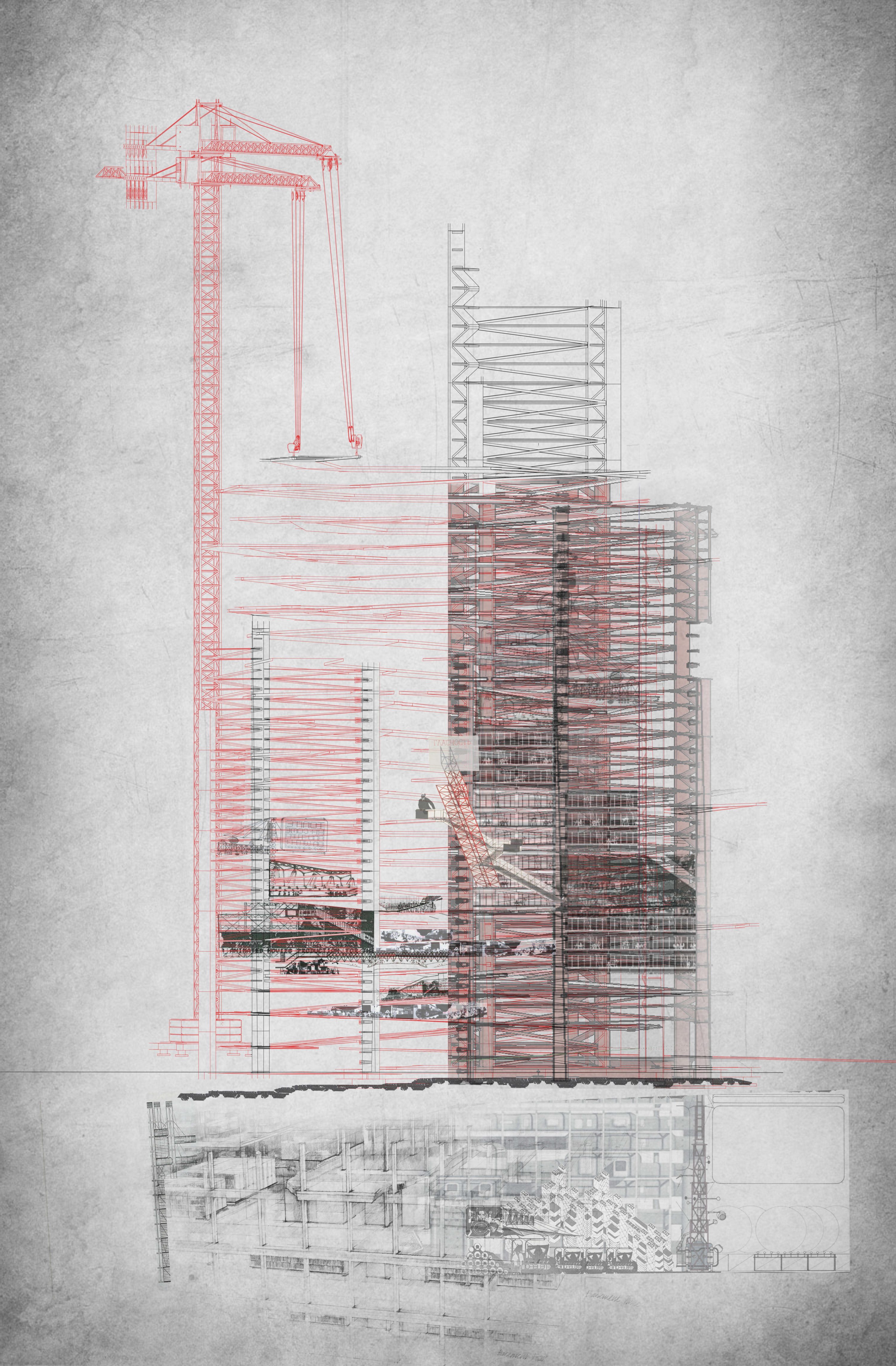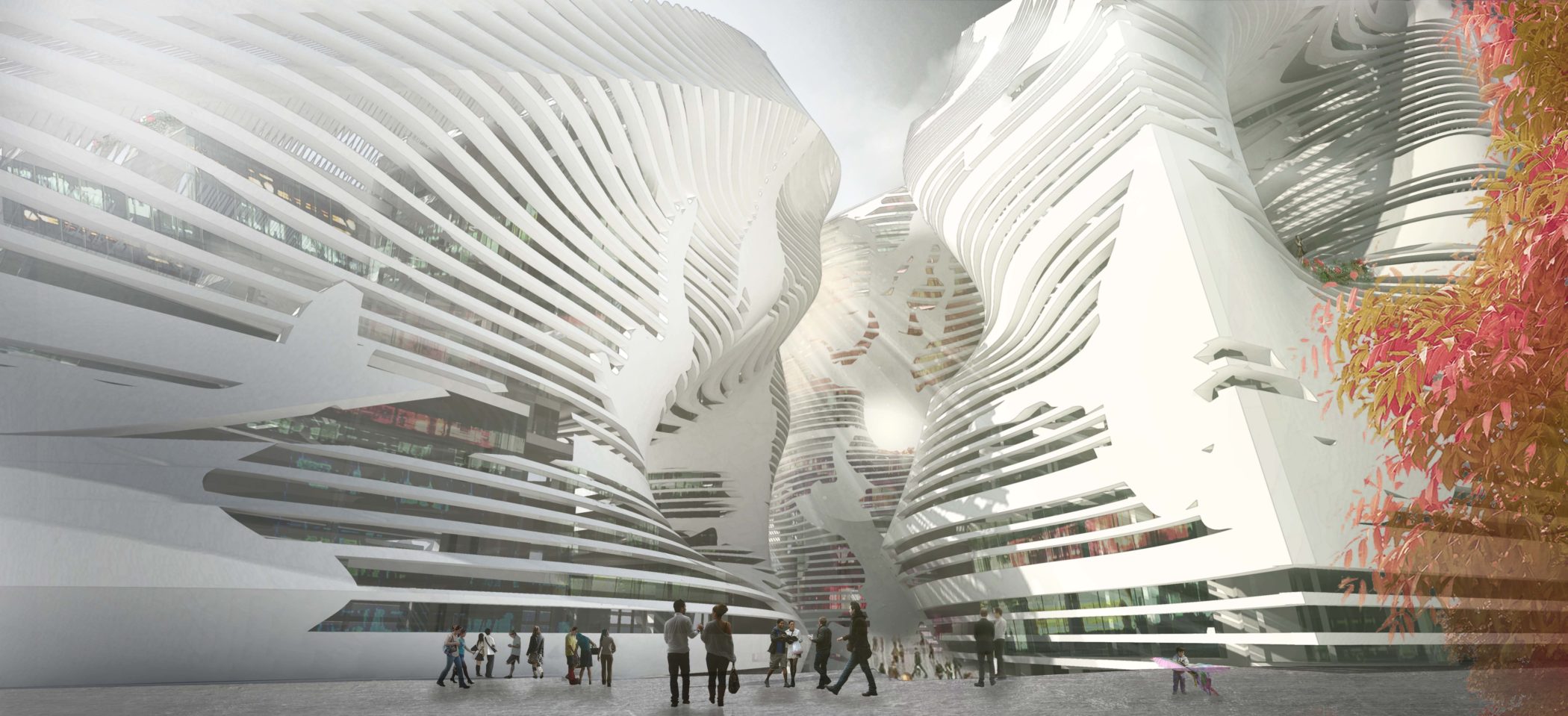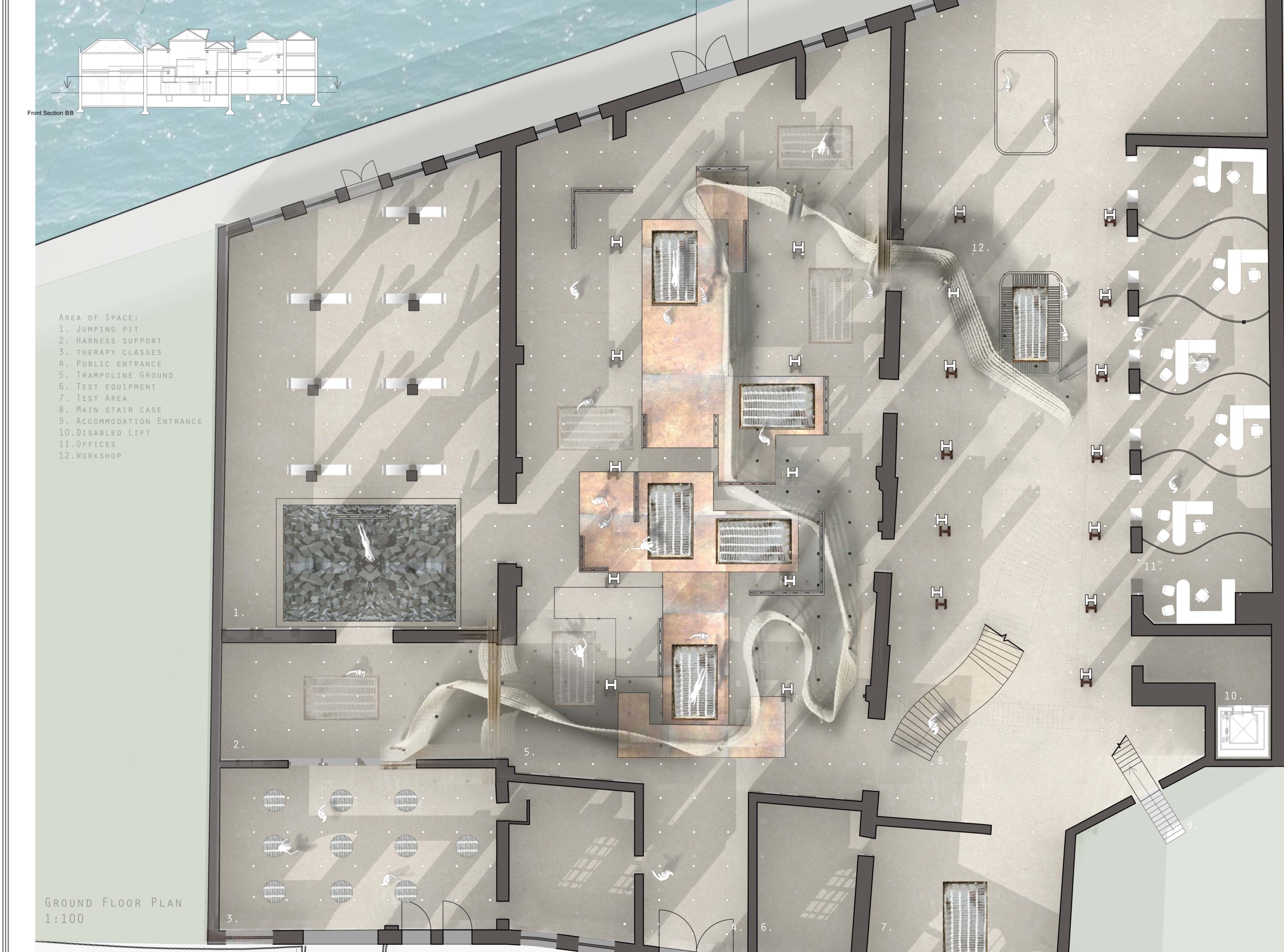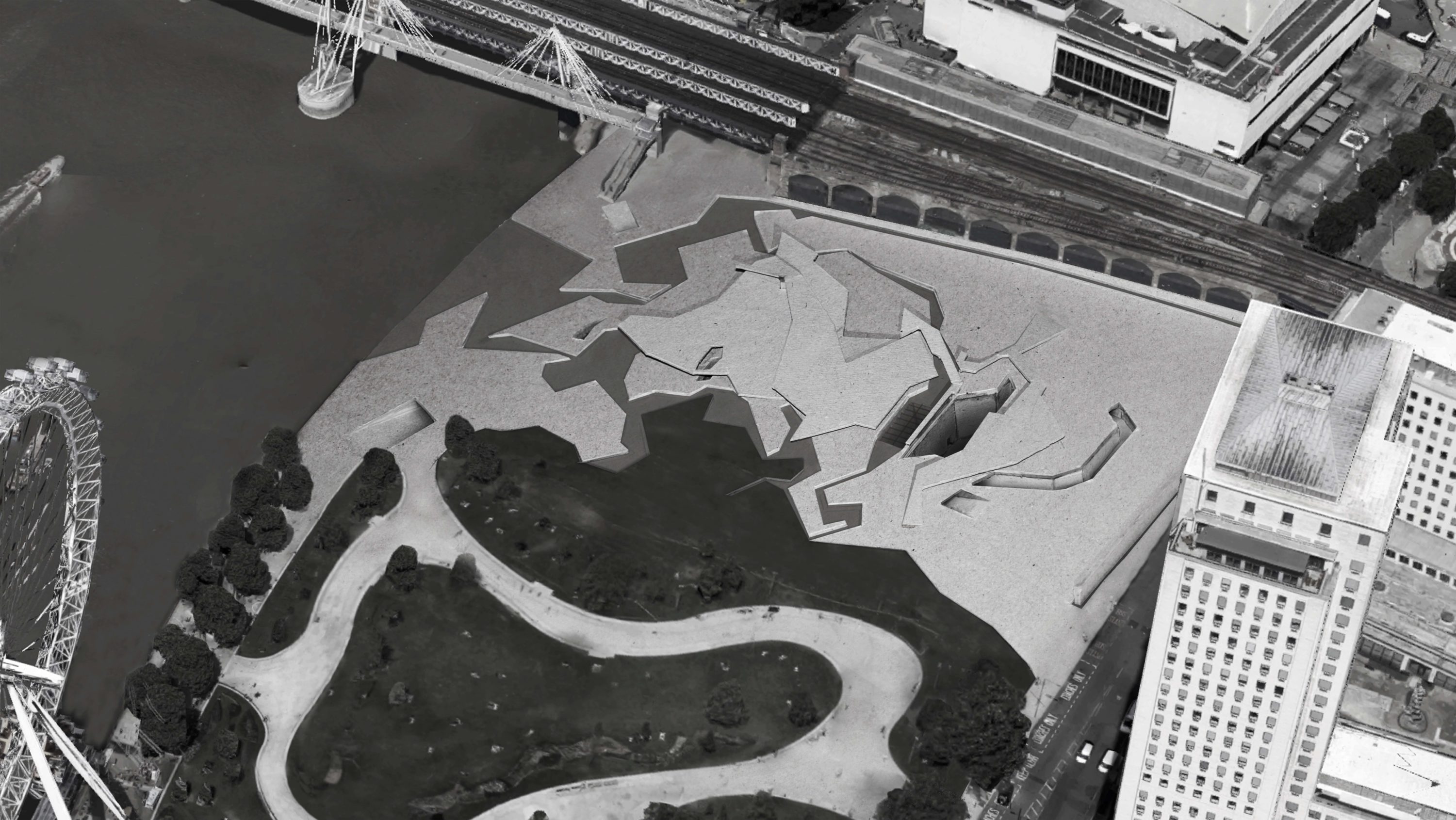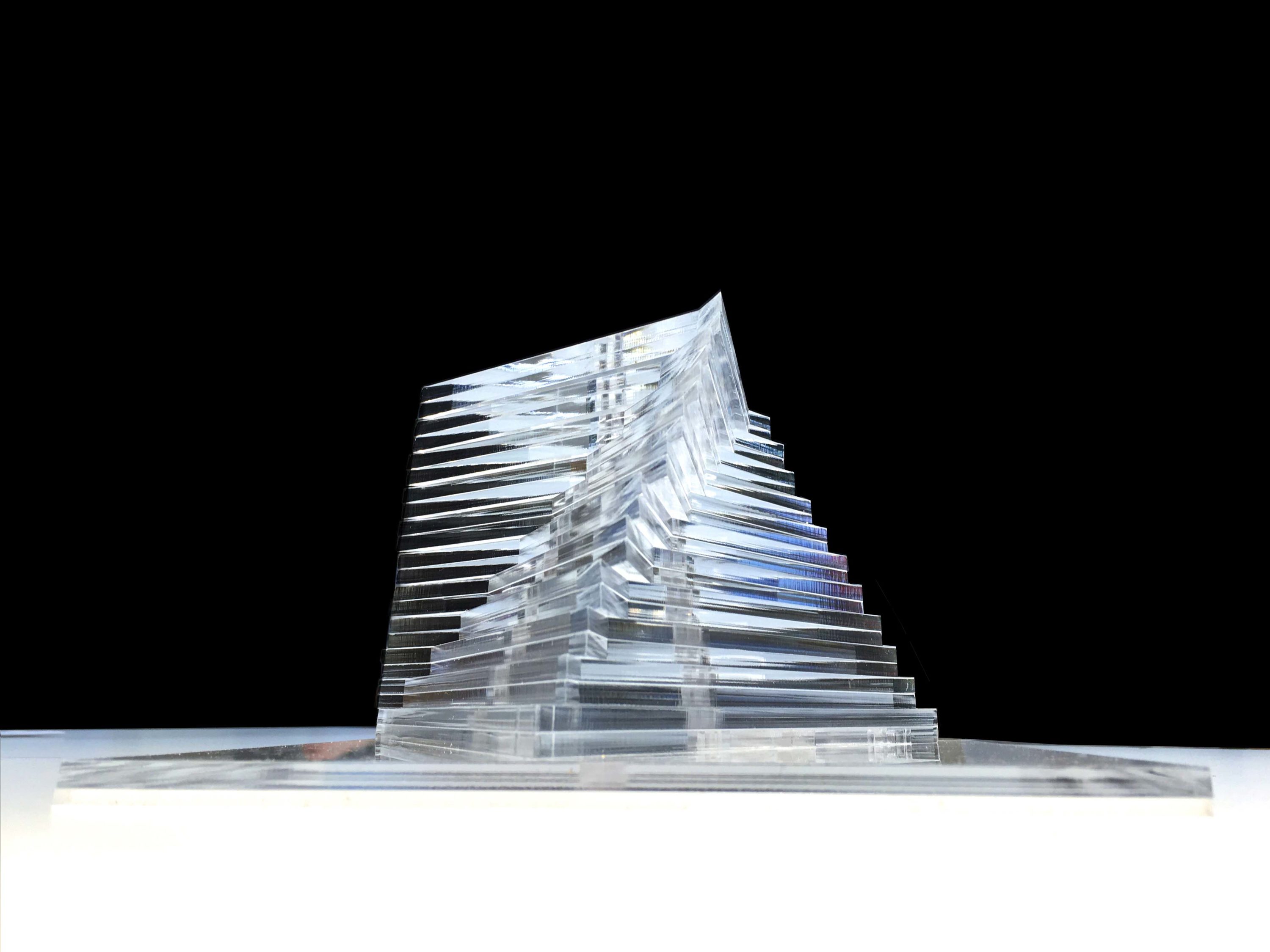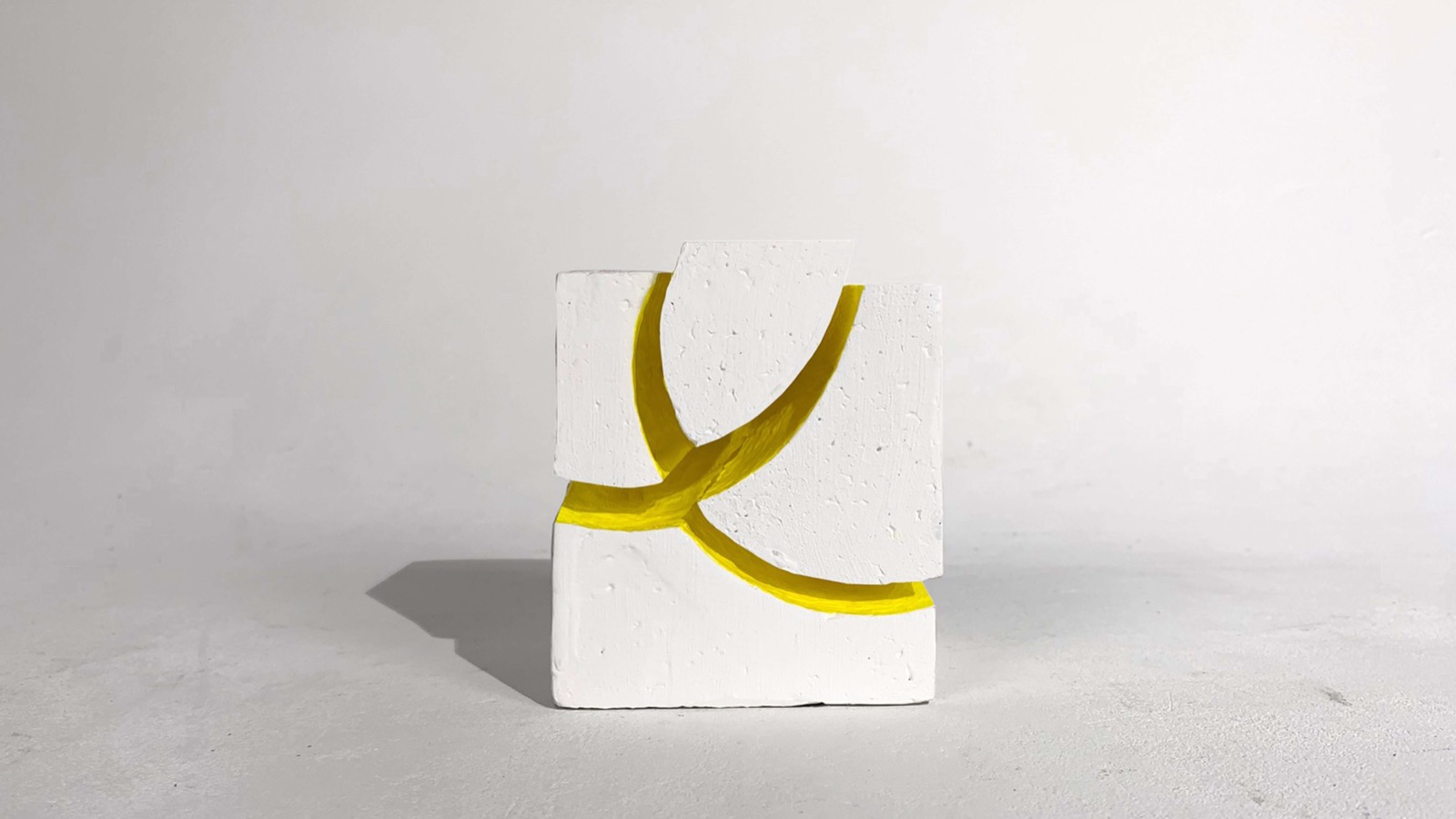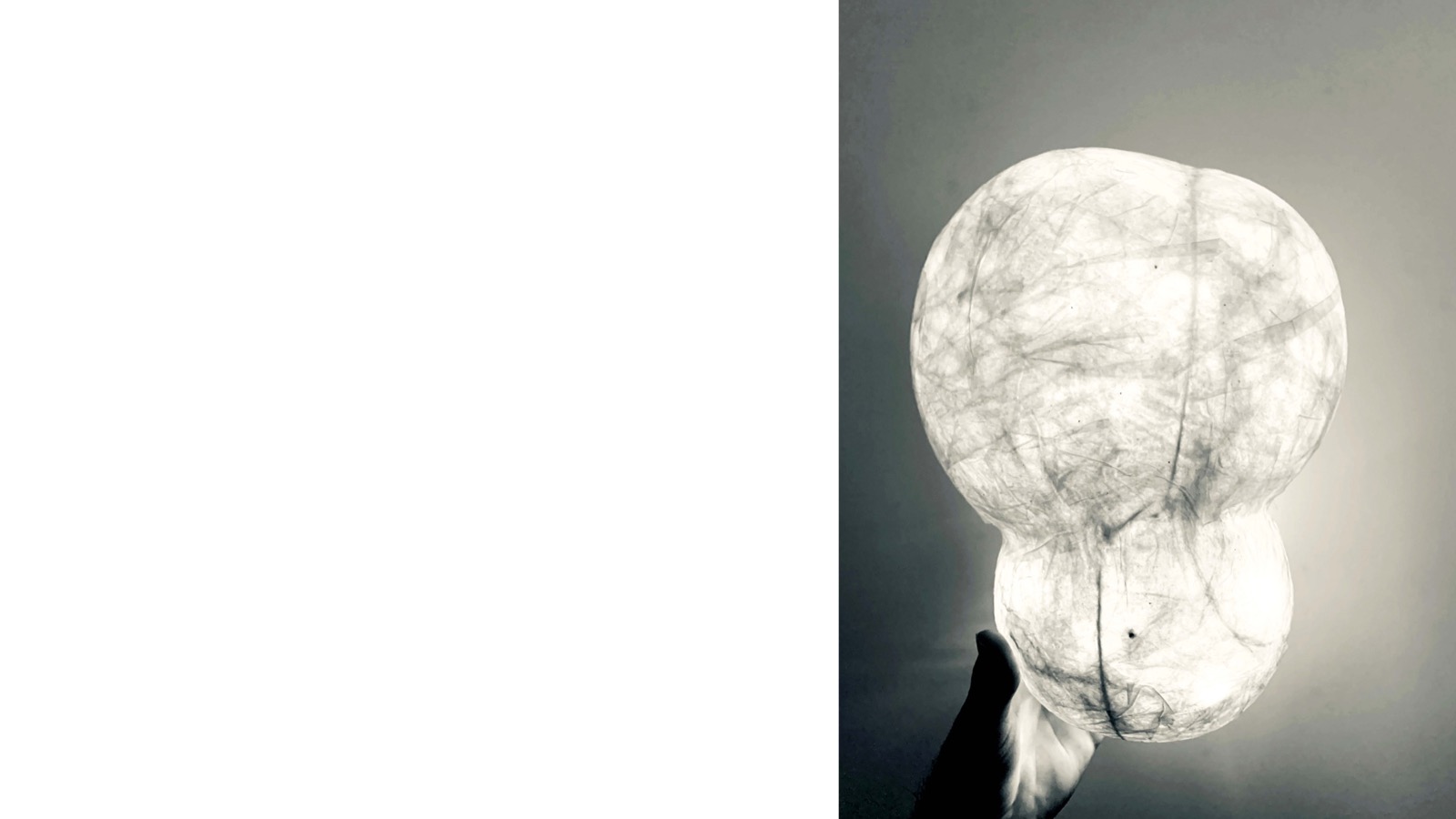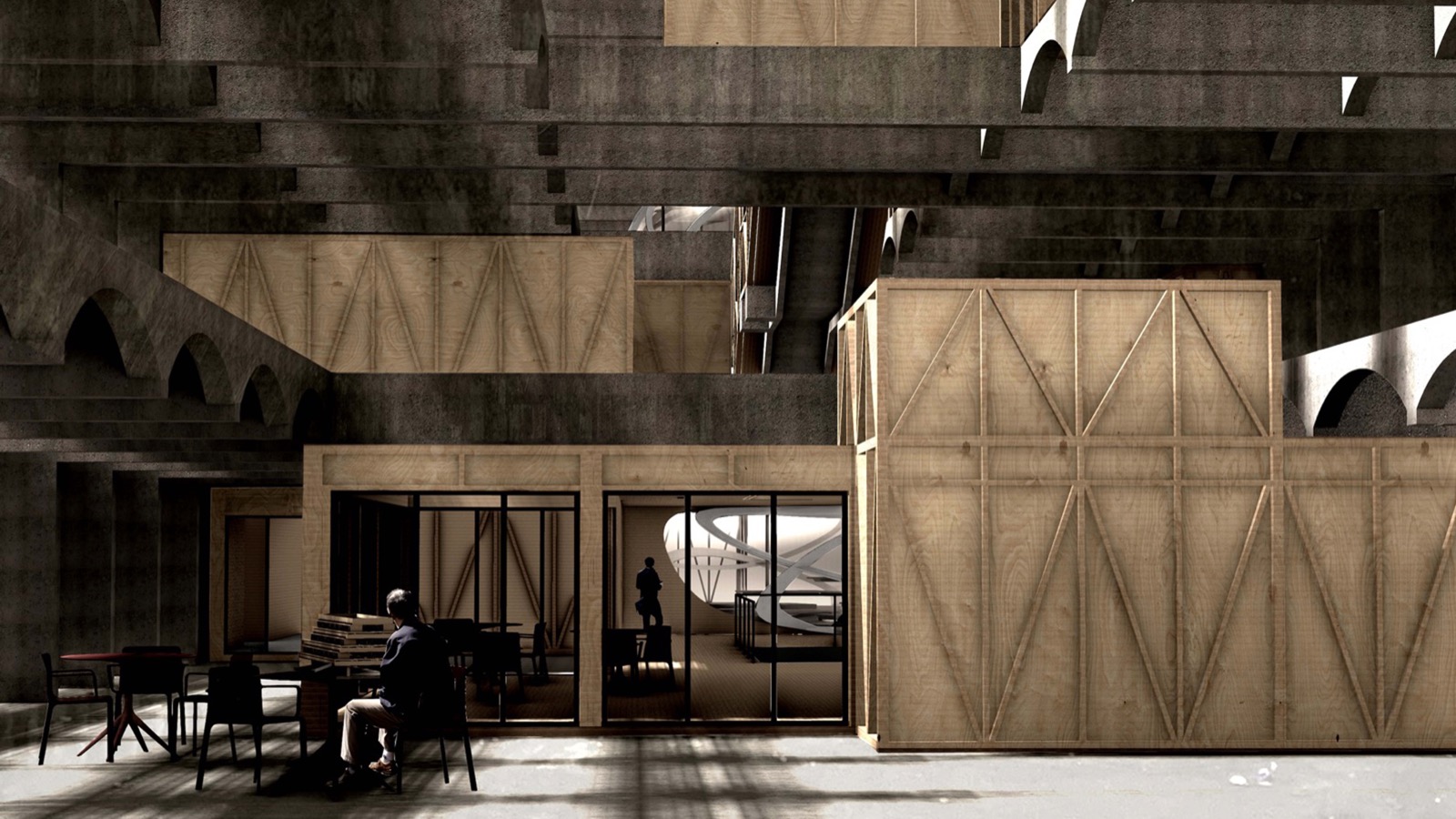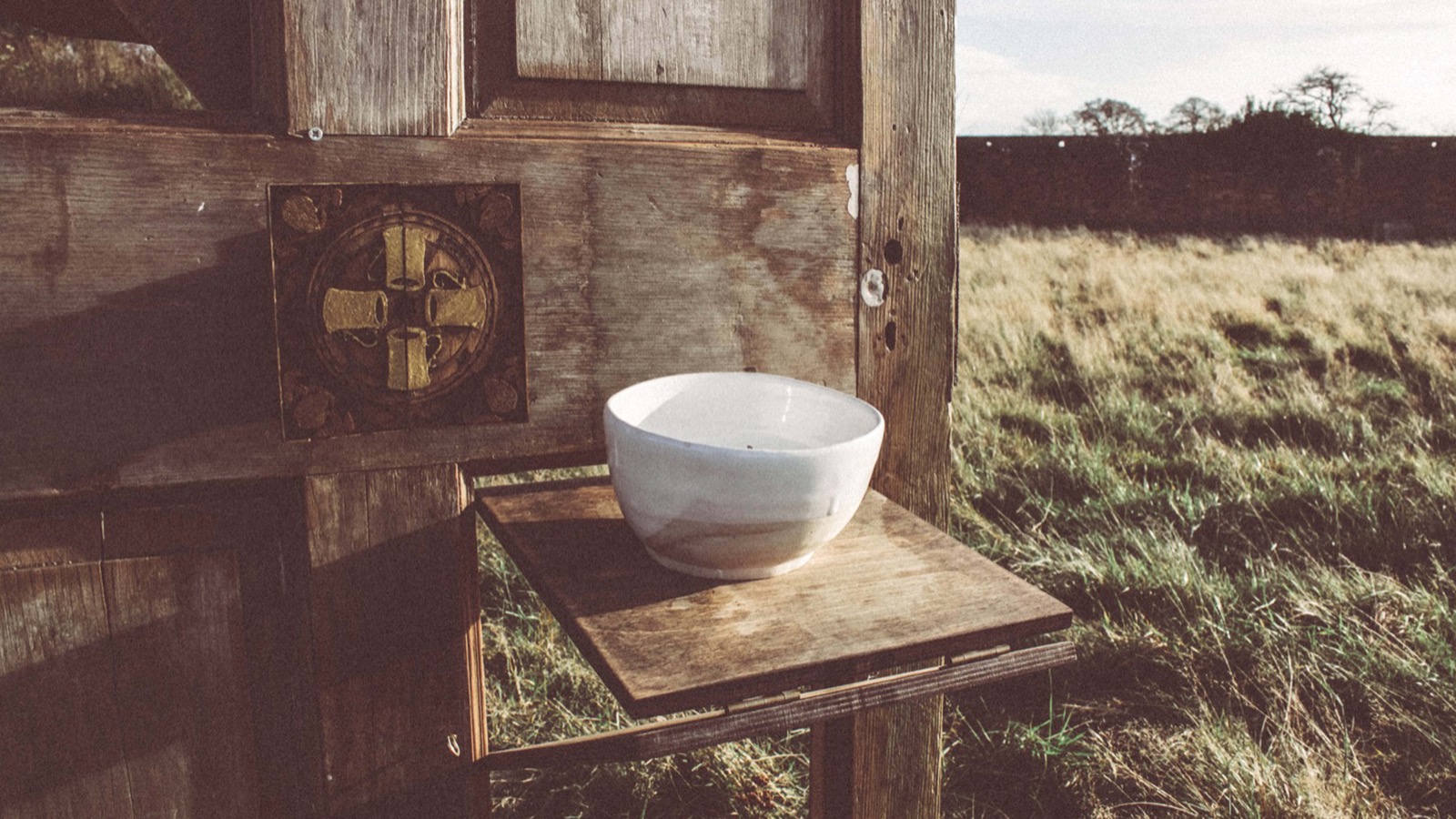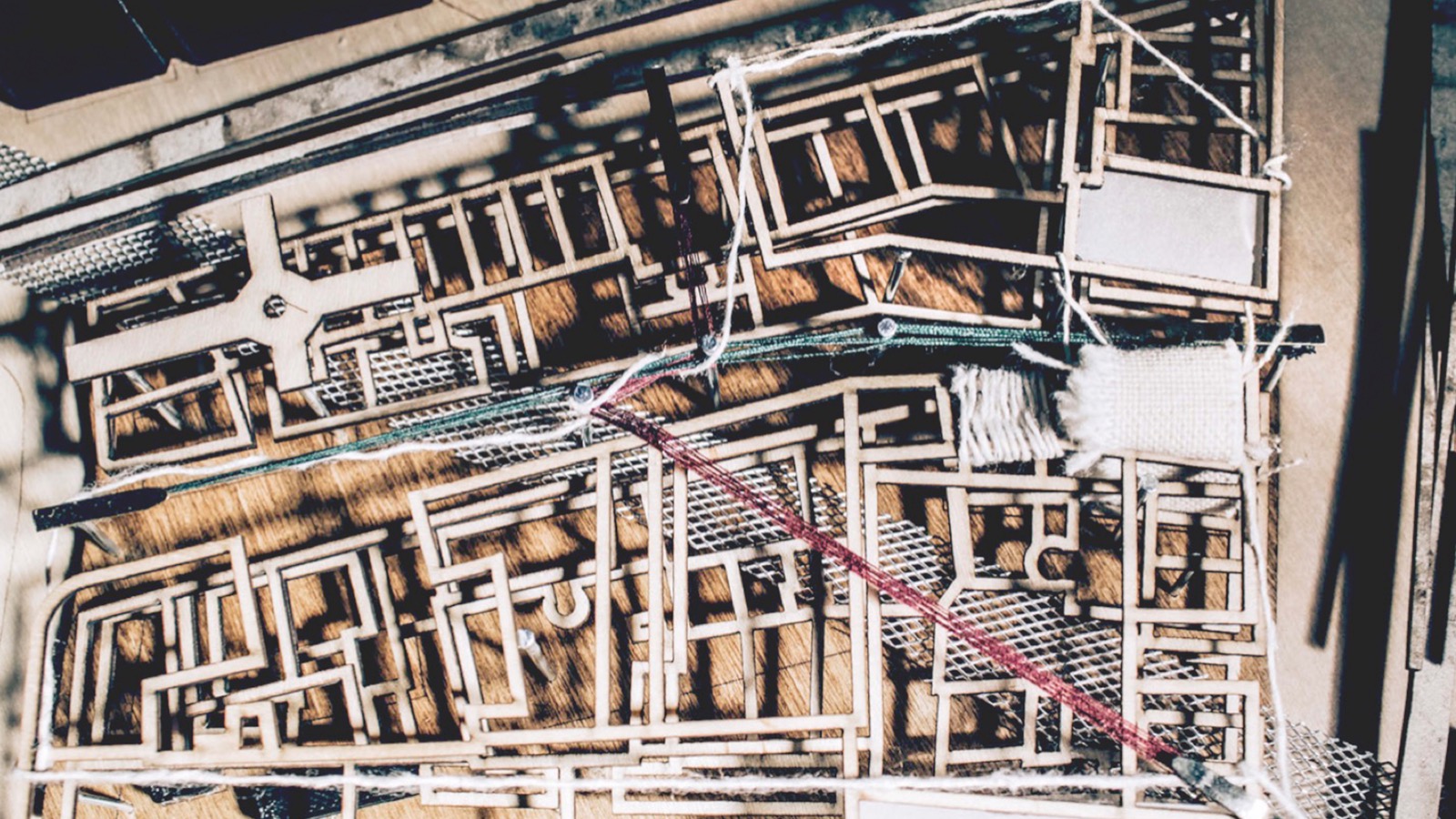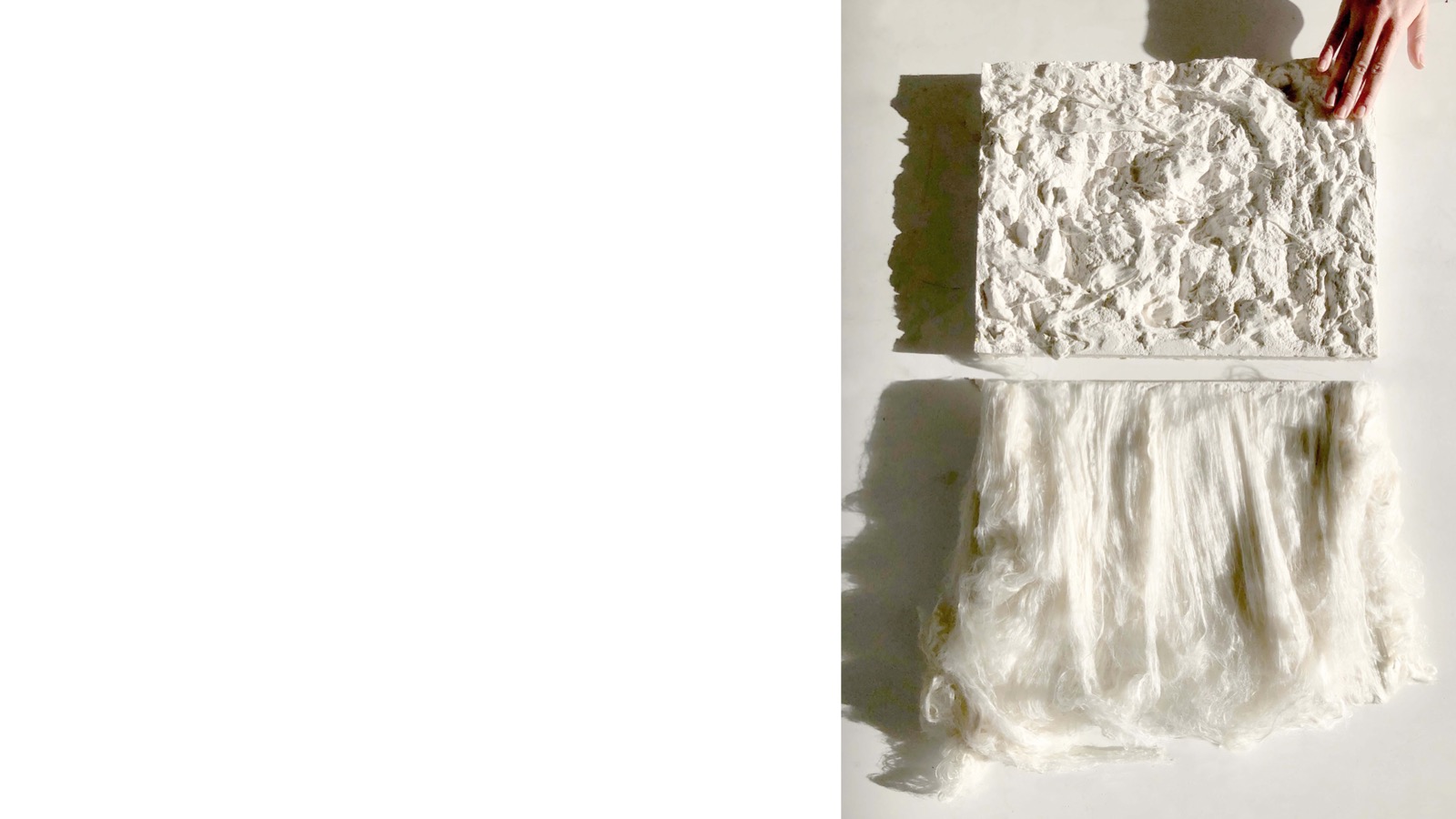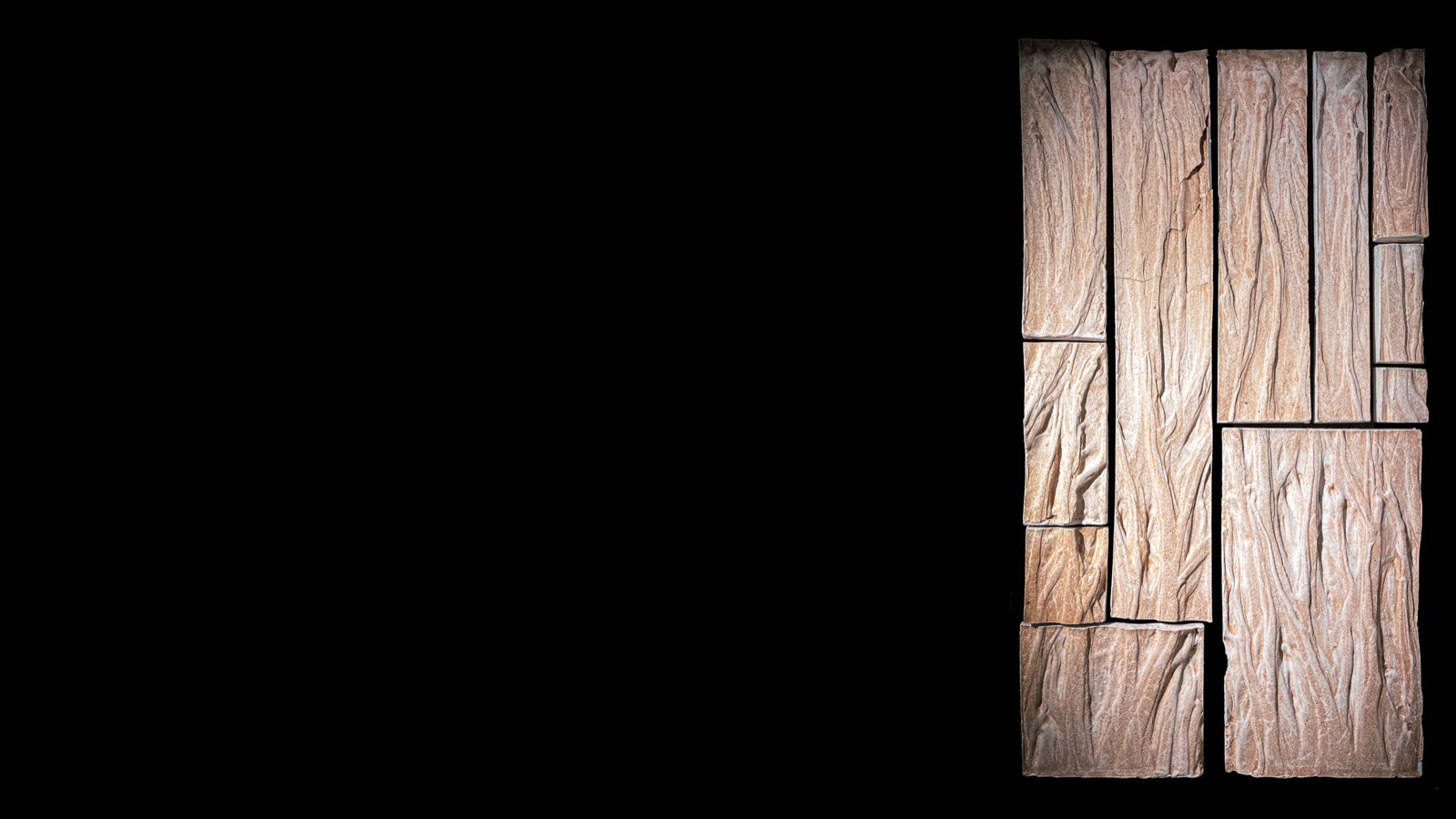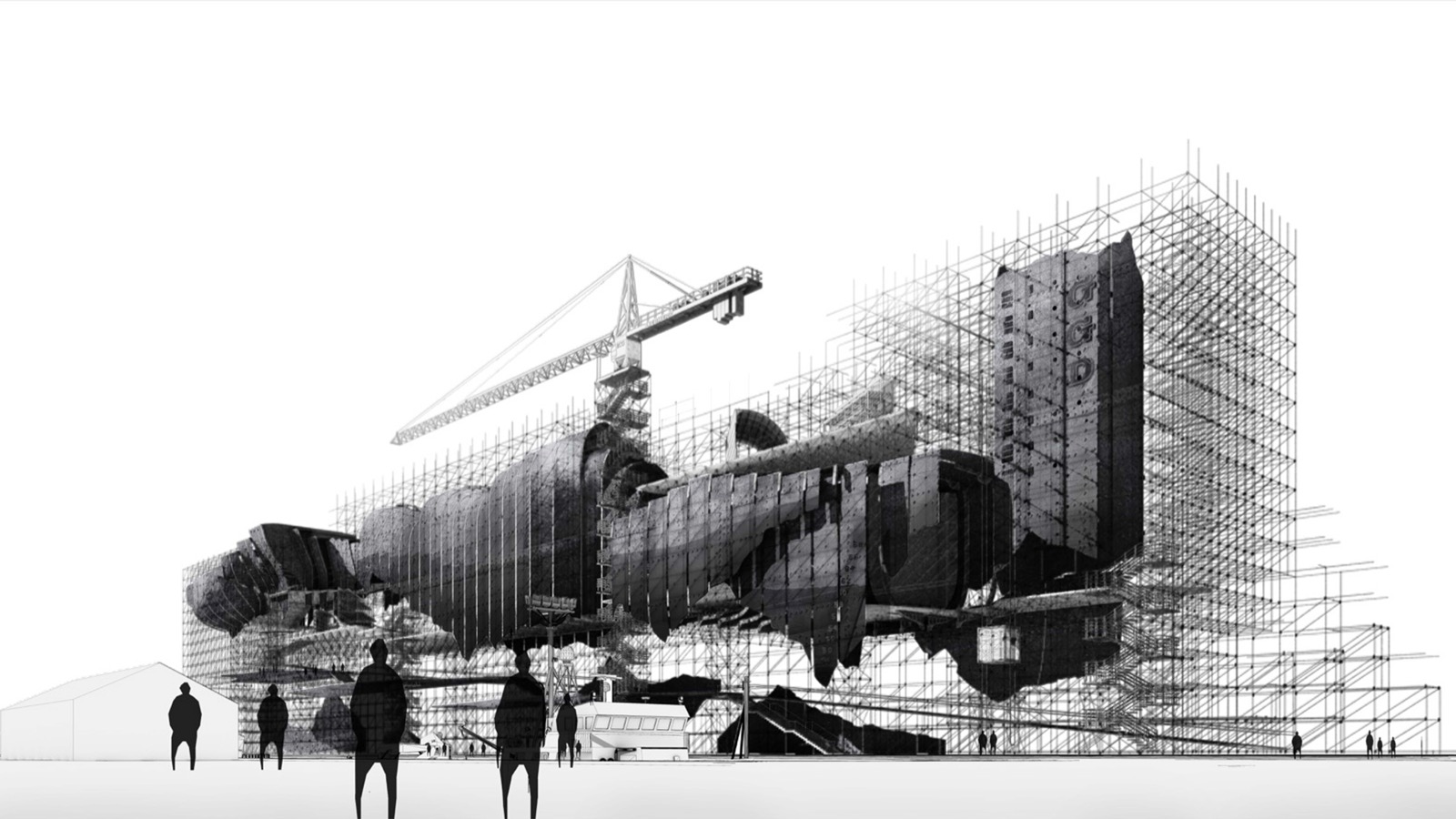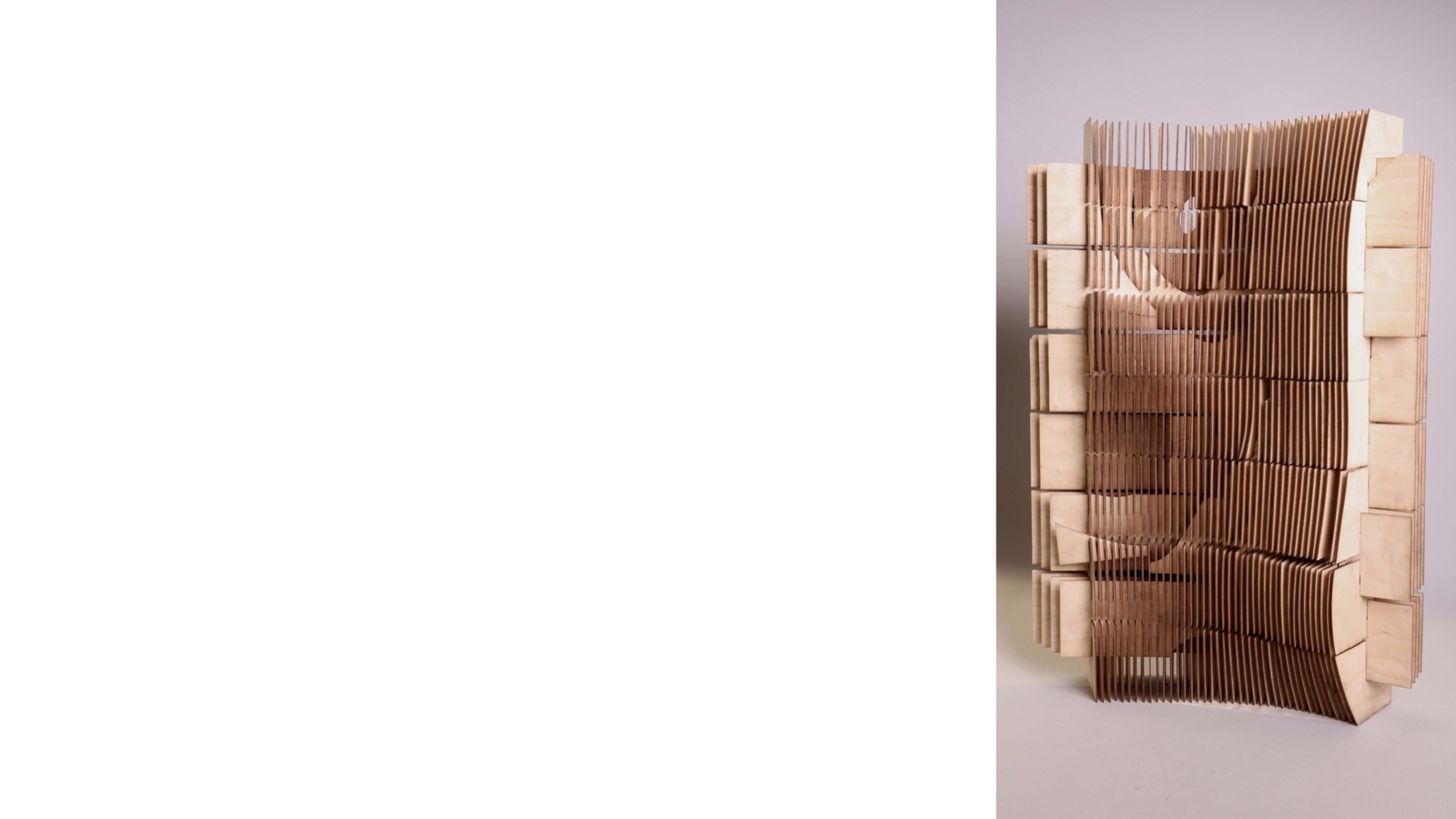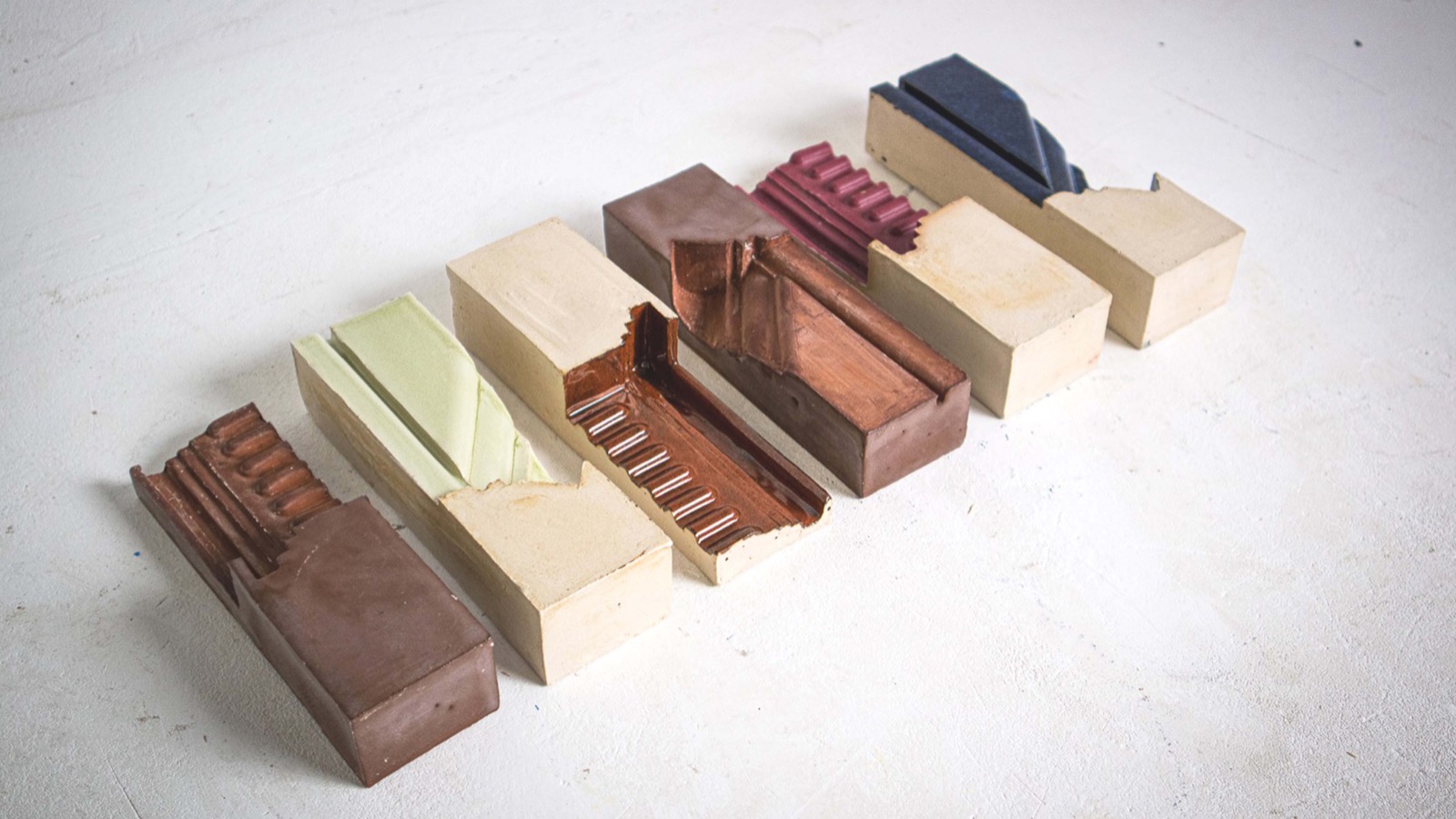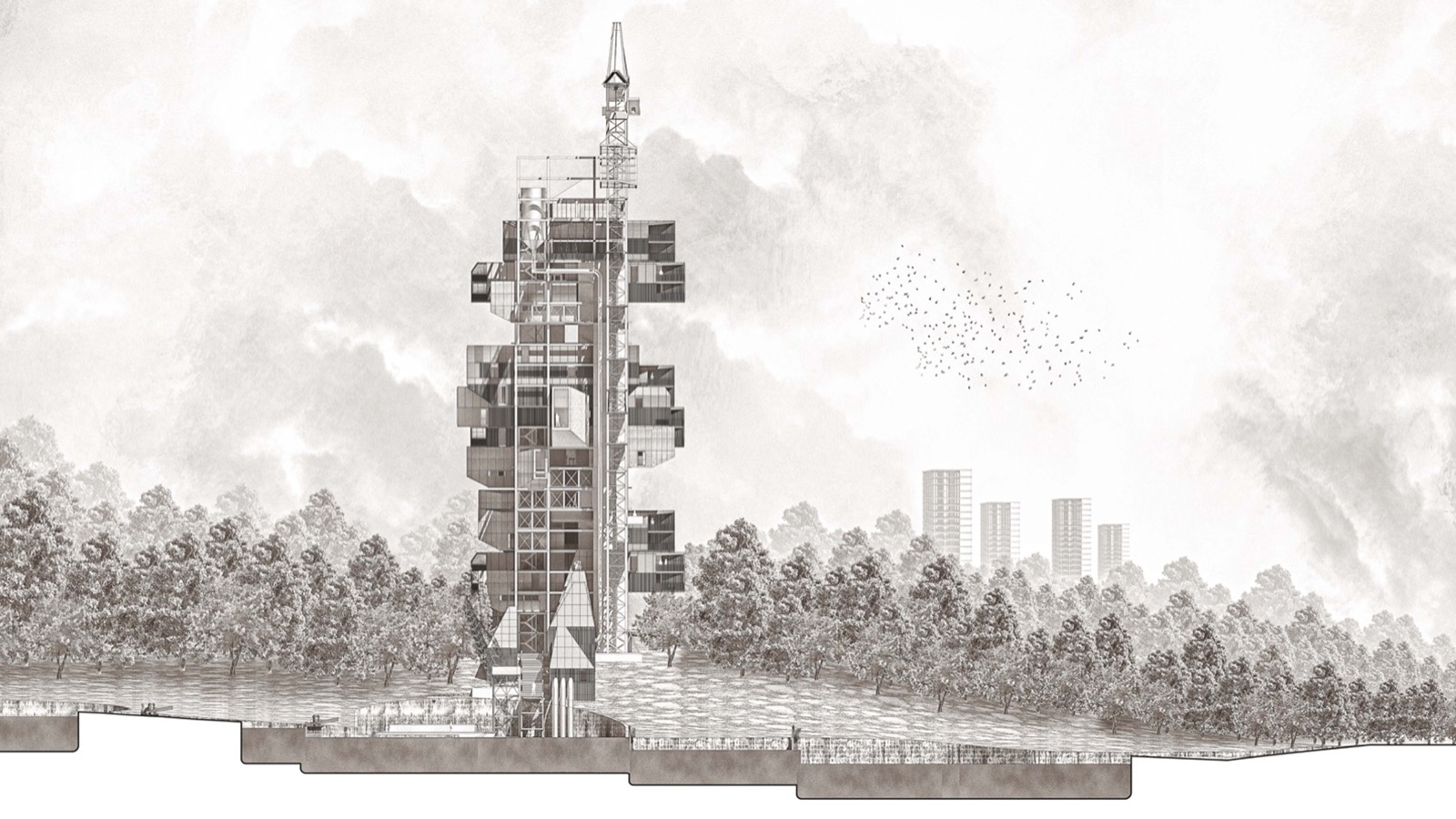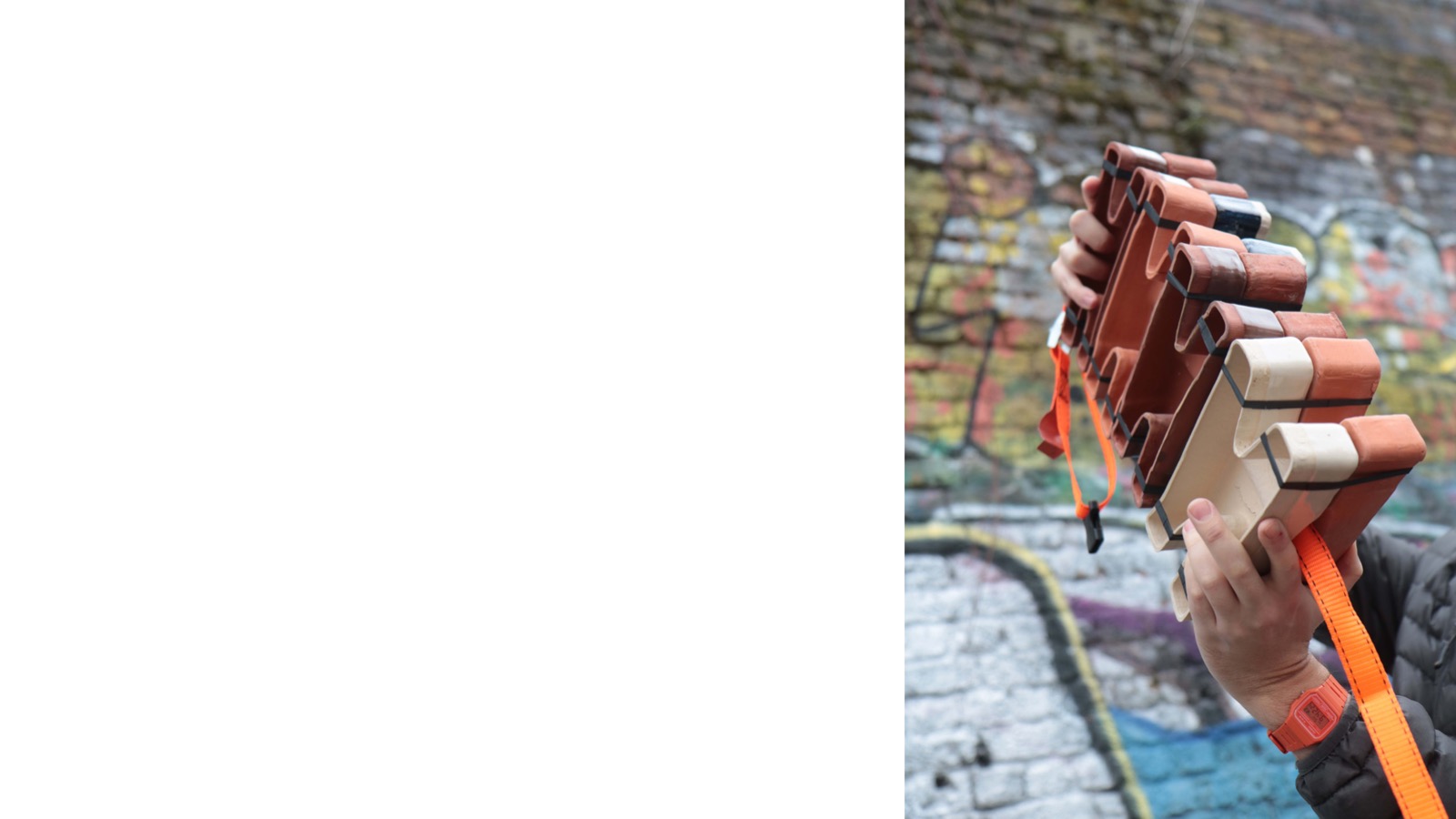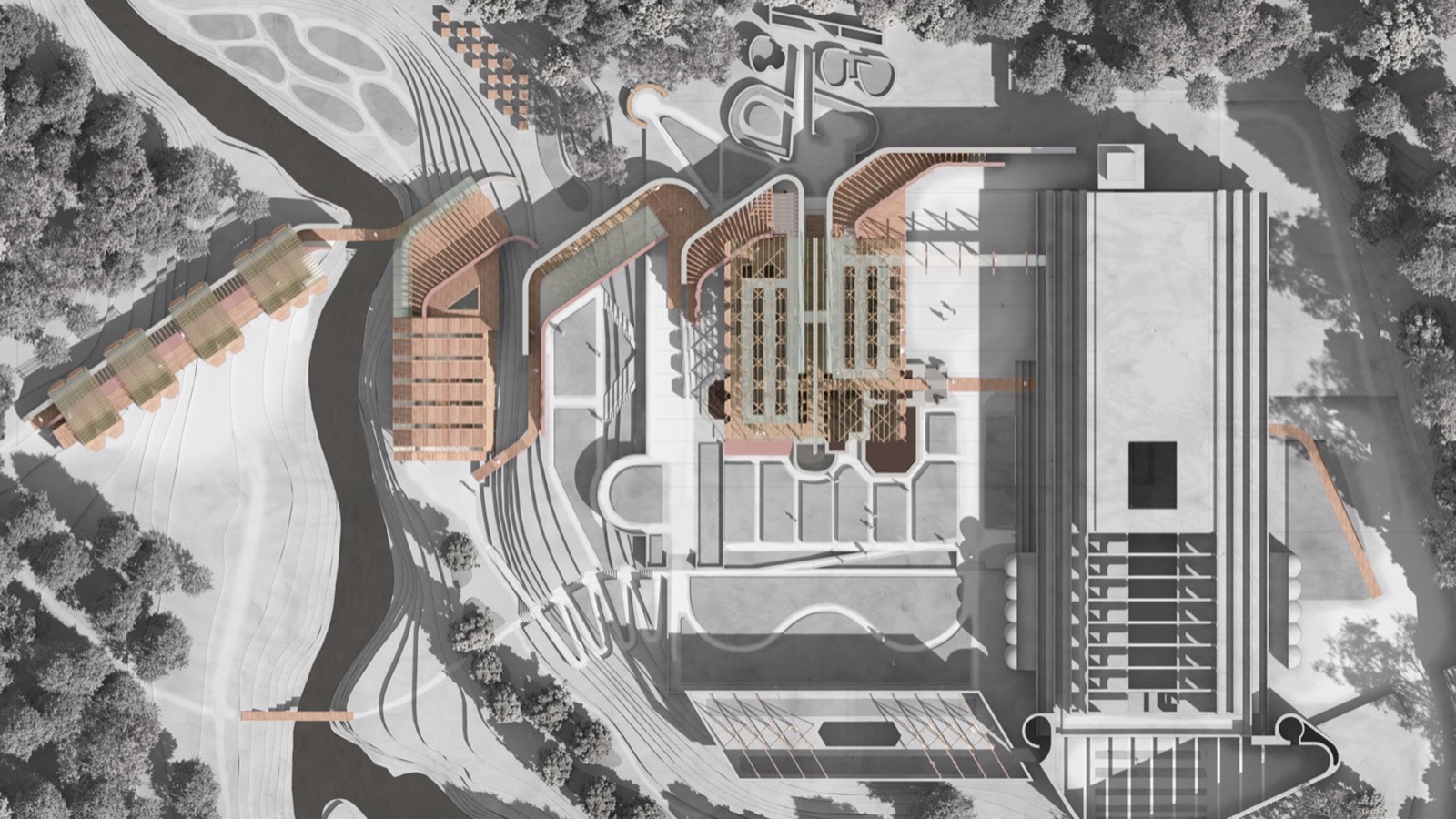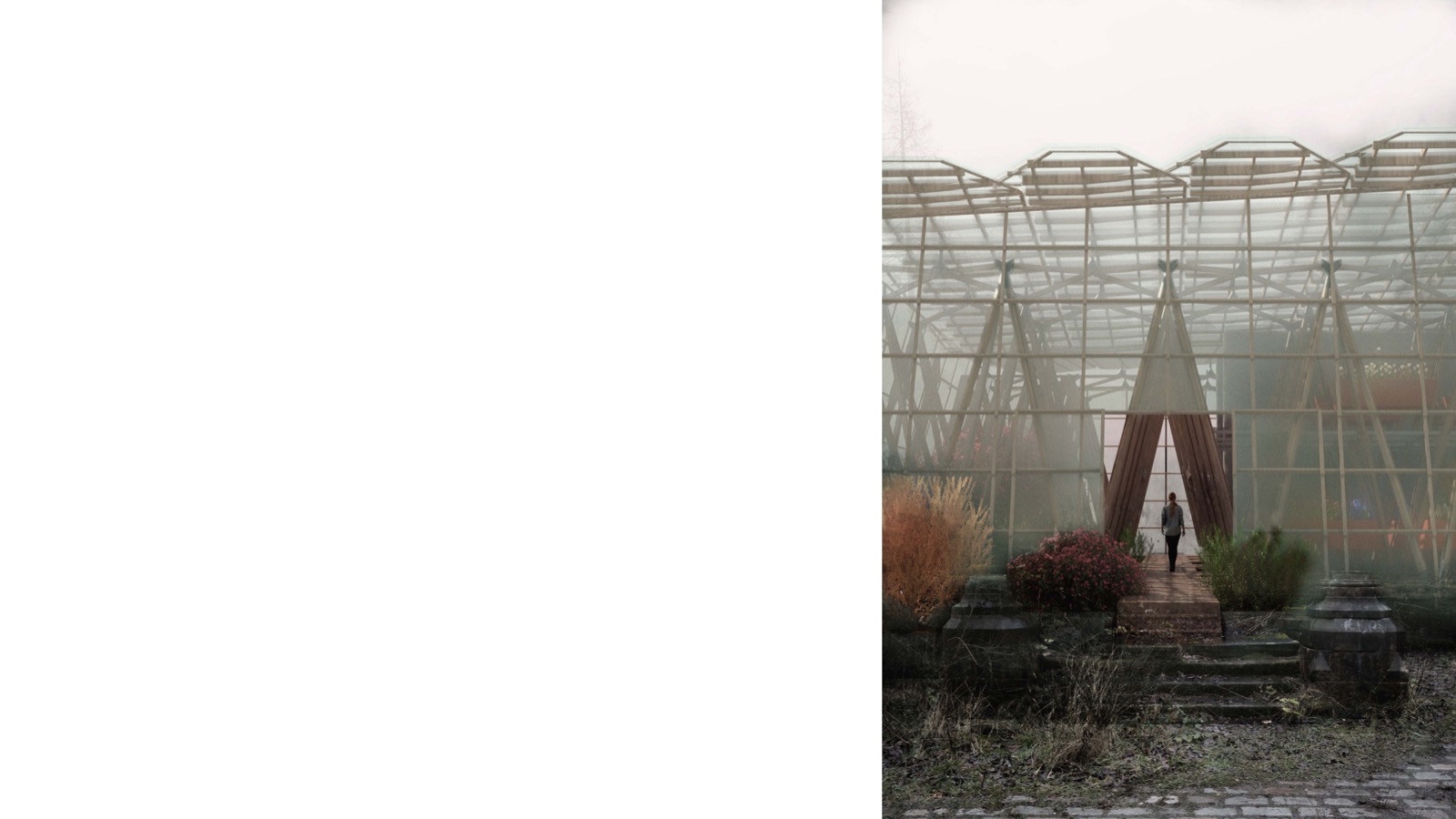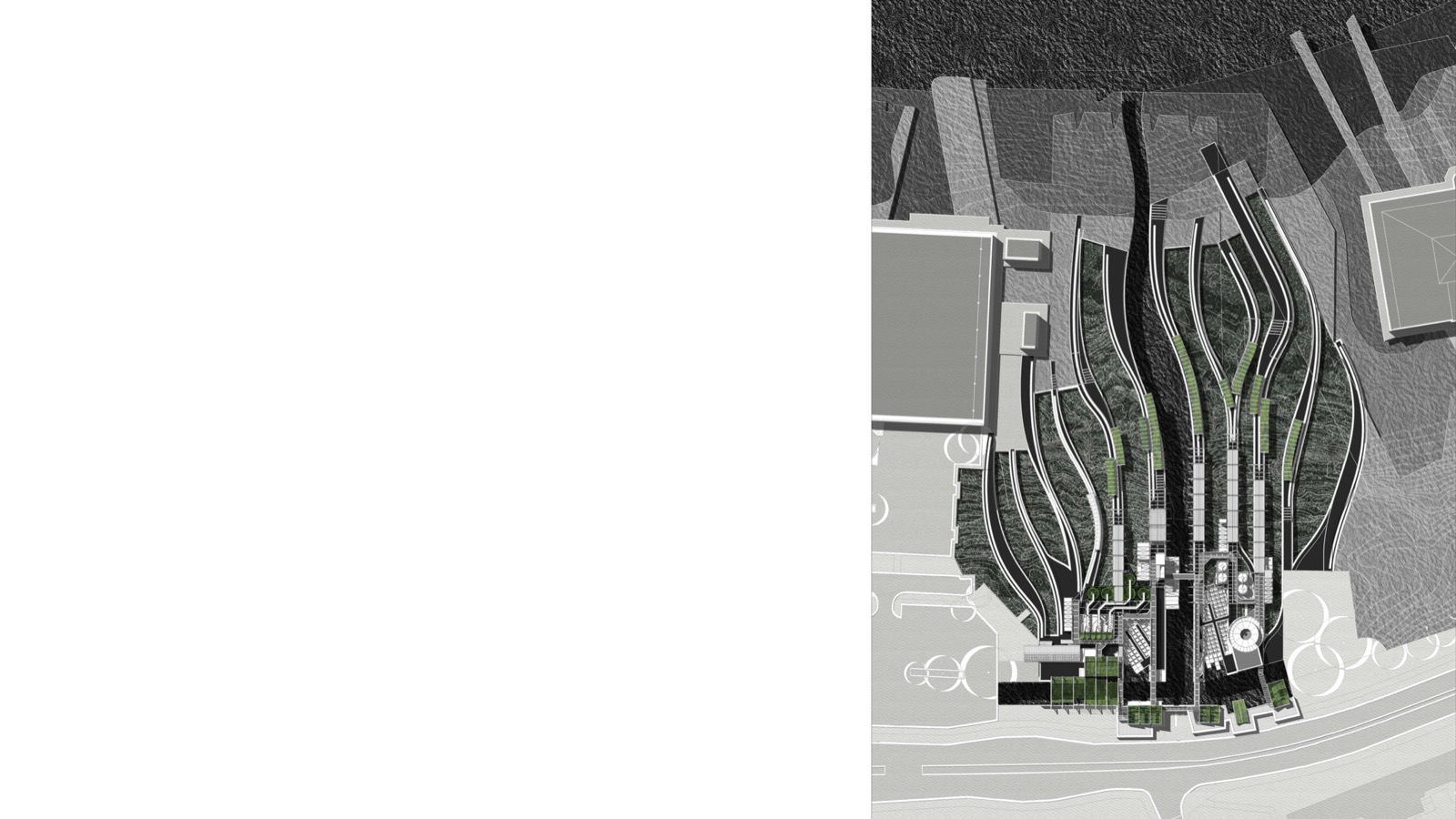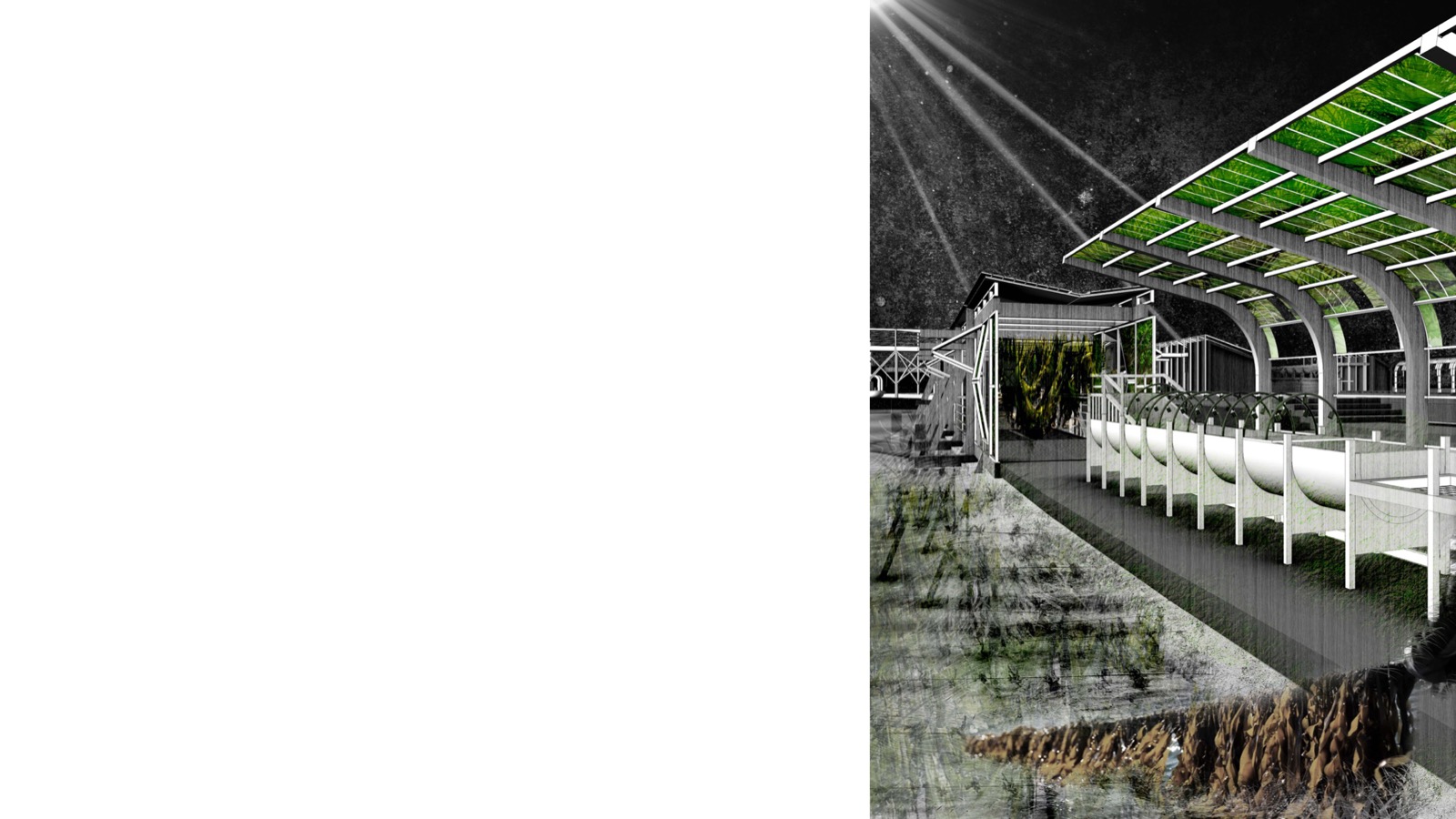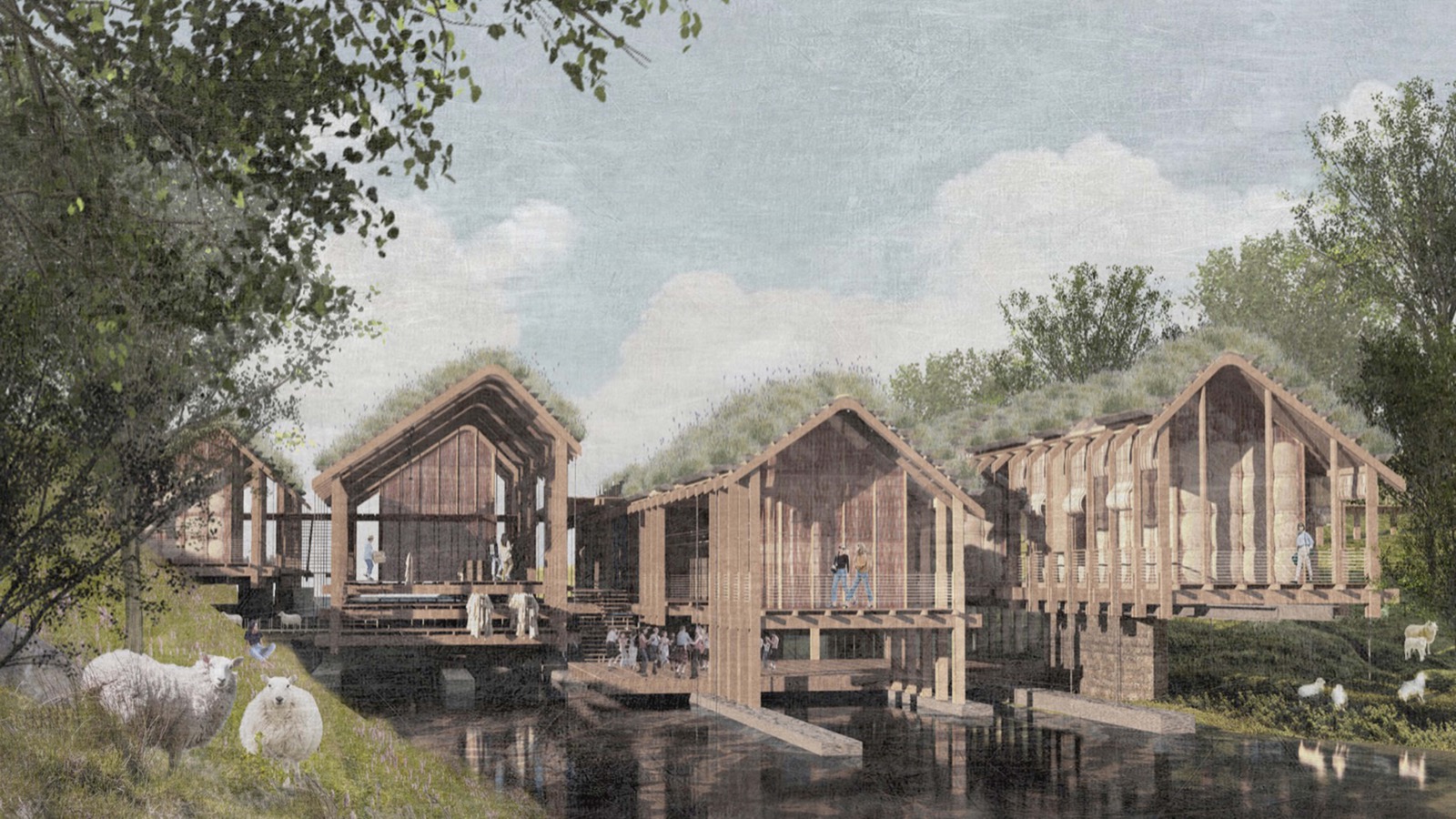Design Studio 16 ARCHIVE
Tutors: Anthony Boulanger & Stuart Piercy
Anthony Boulanger is a Senior Lecturer and co-founding partner of the design- and research-led practice AY Architects.
Stuart Piercy is a founding director of Piercy & Company. He is a fellow of the Royal Society of Arts and patron of the Yorkshire Sculpture Park and the Royal Academy.
DS16 likes making physical things. We’ve run the studio for the past ten years on a platform for students to experiment and invent architectural and spatial concepts initiated through in-depth investigations of material techniques and the making of physical artefacts. The studio is taught by award-winning architects, producing practice-based design research, who are also award-winning academics.
Contingency and Material Acts
Embracing contingency in architecture challenges both the classicist and modernist endeavour for order, control, unity and purity, whether that be formally, socially or culturally. Contingency contends that indeterminate forces play important roles in design, construction and use. Architecture is never completely autonomous. Quite the contrary, it is dependent on a multitude of complex factors coming into alignment. Nothing is inevitable.
This year we invited students to explore contingent factors and practices in architecture to invent alternative responses to the design and role of buildings and to speculate new ways of defining the city. The discourse has been intensified by the climate crisis and the social, cultural and economic impact of the pandemic. And political tensions across international borders have led to a supply chain crisis. As designers we need to creatively re-imagine economies of use and re-cycling of materials in short supply.
Keeping with the ethos of DS16, students were asked in the first term to consider positions of contingency with a ‘design-through-making’ approach to design, test and, in some cases, install engaging and elicit site specific designs for Brick Lane’s Old Truman Brewery; a place in the heart of London with an incredibly rich history of immigration and cultures of making. These small scale individual design projects were informed by an examination of the brewery and its immediate surroundings amid current plans for major redevelopment. A collection of ‘Material Acts’ was generated, initiated by time spent at Grymsdyke Farm in Buckinghamshire, where we invented, experimented, tested, critiqued and recorded the material techniques employed to advance these interventions.
Most students continued to explore the themes and research from the first term in their main individual projects, for which they wrote their own briefs, selected their own sites and devised their own programmes to establish their individual theses. The discussion moved to the weathering landscapes of post-industrialised Glasgow where they were challenged to instigate ambitious spatial propositions with a civic commitment and intelligent material awareness; an opportunity to invent unorthodox programmes and typologies that facilitate the re-invention of the city. Inherent was an emphasis on strategies of adaptation, re-use and resourcing, supported by attitudes of passive environmental design.
